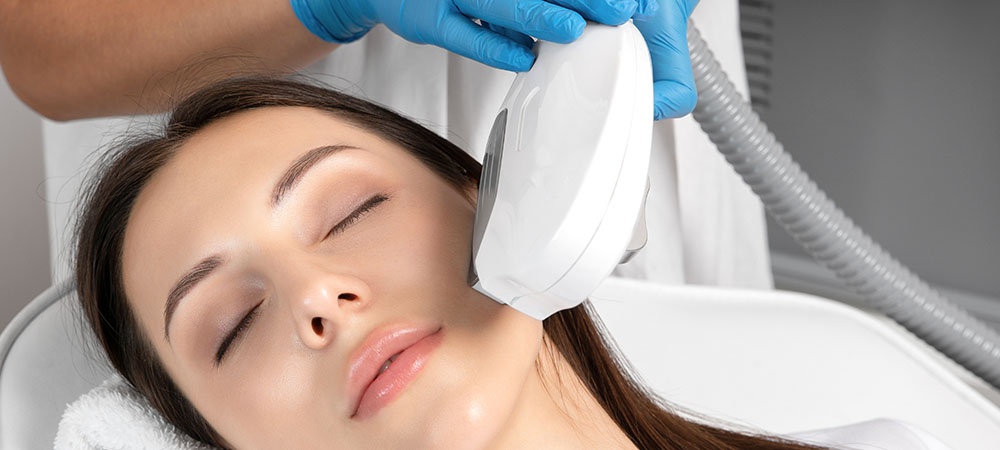Is It Haram to Remove Hair with Laser According to Islam?
Introduction:
Laser hair removal has become a popular cosmetic procedure for those seeking a long-term solution to unwanted hair. However, for Muslims, the question arises: Is It Haram to Do Laser Hair Removal? This article explores Islamic perspectives on laser hair removal, examining religious texts and scholarly opinions to provide a comprehensive understanding of this issue.
Islamic Teachings on Hair Removal
General Guidelines:
Islamic teachings provide guidance on personal hygiene, including hair removal. The removal of pubic hair, underarm hair, and trimming of the mustache are considered acts of Fitrah (natural disposition) and are encouraged for cleanliness and hygiene. However, the methods of hair removal are not explicitly detailed in the Quran or Hadith, leaving room for interpretation.
Scholarly Opinions:
Islamic scholars have debated the permissibility of various hair removal methods. The primary concern is whether the method adheres to the principles of modesty and does not cause harm. Traditional methods such as shaving, plucking, and waxing are widely accepted. When it comes to modern methods like laser hair removal, scholars look at the procedure’s safety, effectiveness, and ethical implications.

Laser Hair Removal in Islamic Law:
Health and Safety Considerations:
One of the key factors in determining the permissibility of laser hair removal is its safety. Islamic law prohibits any practice that causes harm to the body. Laser hair removal is generally considered safe when performed by qualified professionals. However, potential risks and side effects must be weighed. If the procedure is deemed safe and does not harm the individual, it can be considered permissible.
Modesty and Privacy:
Another important aspect is the issue of modesty and privacy. Islamic teachings emphasize the importance of covering the ‘awrah (intimate parts) and maintaining modesty. Laser hair removal often requires exposing parts of the body that are usually covered. If the procedure is performed by a same-gender professional in a private setting, it can be more acceptable. Ensuring that the practitioner is trustworthy and the environment is private is crucial.
Intention and Necessity:
The intention behind undergoing laser hair removal also plays a role. If the procedure is done for cleanliness, hygiene, or to alleviate discomfort, it aligns with Islamic principles. However, if the intention is purely for vanity or to imitate non-Islamic beauty standards, it may be discouraged. The necessity and benefits of the procedure should be carefully considered.
Conclusion:
In conclusion, the permissibility of laser hair removal in Islam depends on several factors, including safety, modesty, intention, and necessity. While traditional methods of hair removal are widely accepted, modern methods like laser hair removal require careful consideration of Islamic principles. Consulting with knowledgeable scholars and ensuring that the procedure adheres to health and modesty guidelines can help individuals make informed decisions. Ultimately, the goal is to balance personal grooming with adherence to Islamic values.

